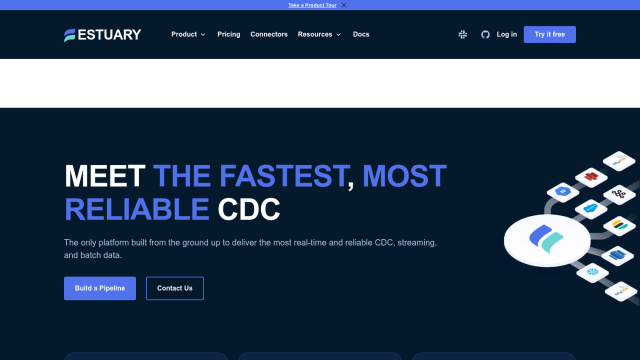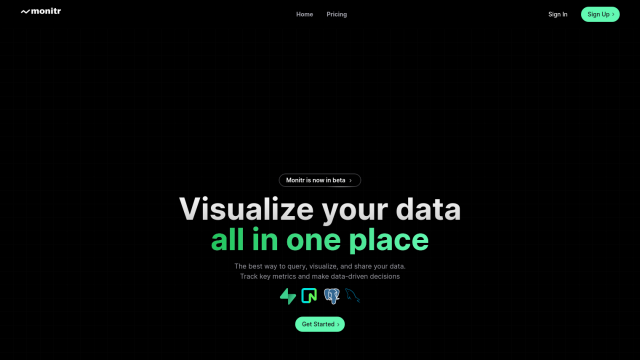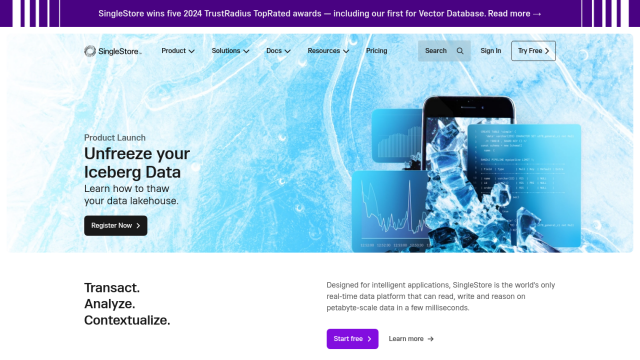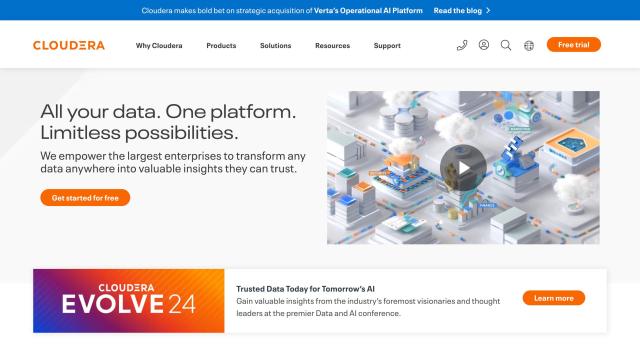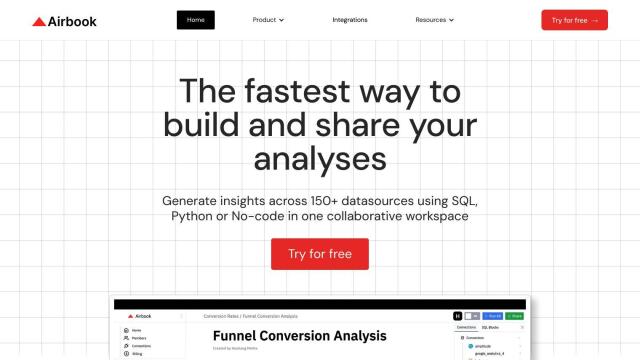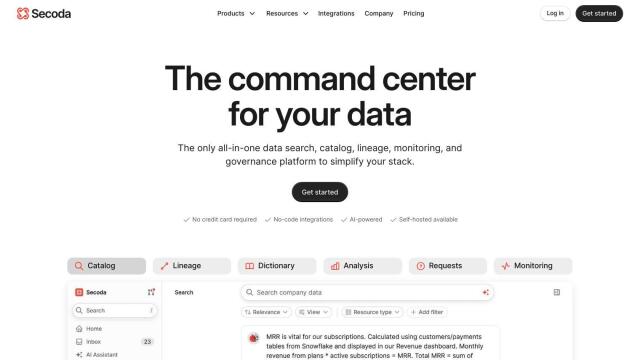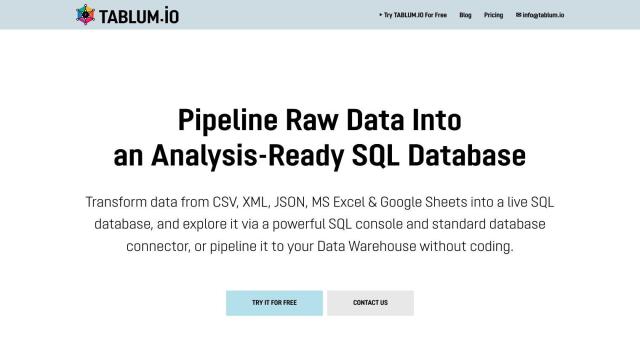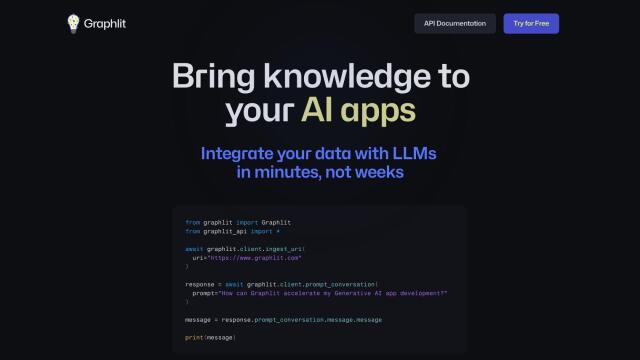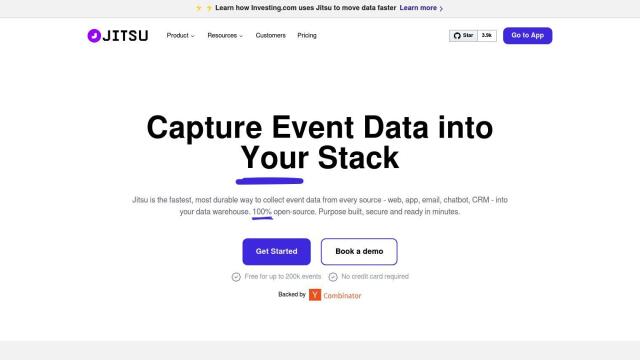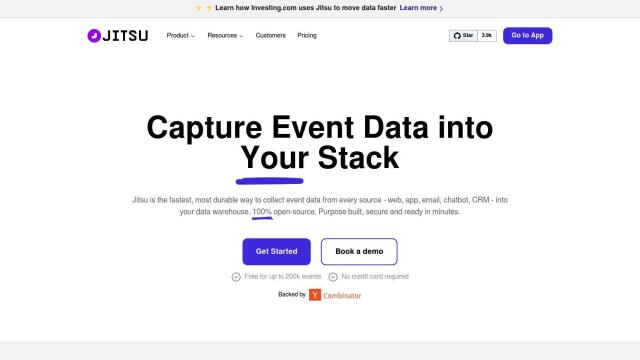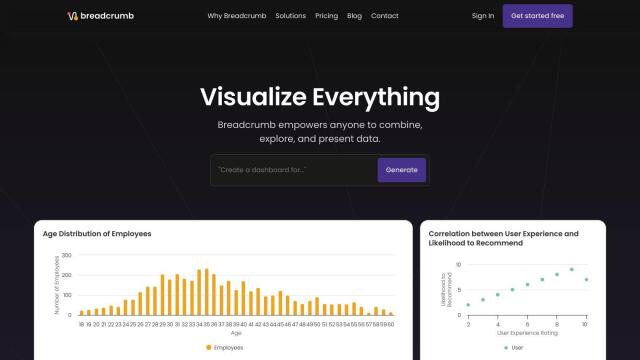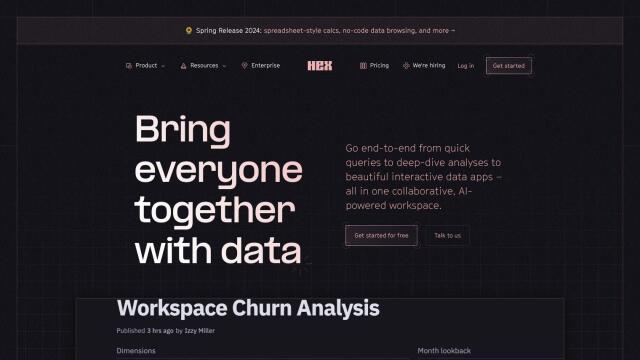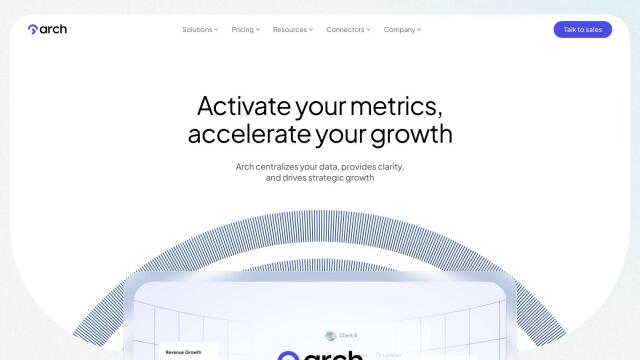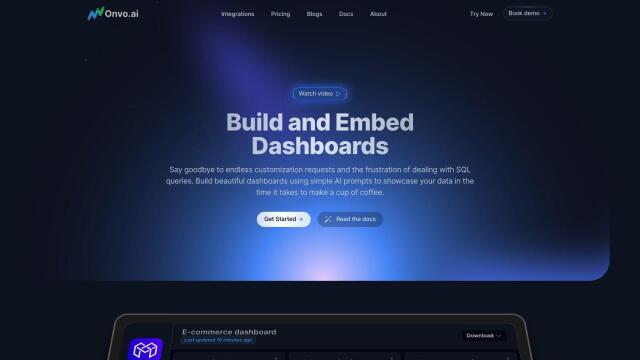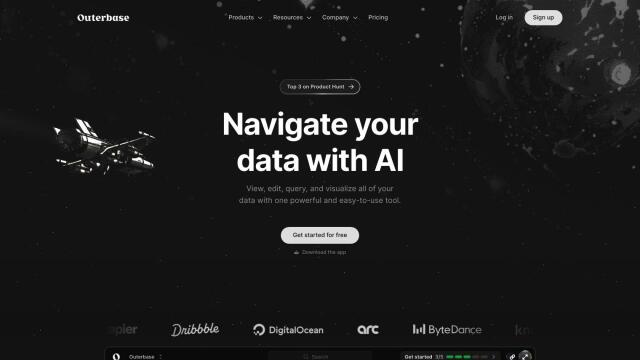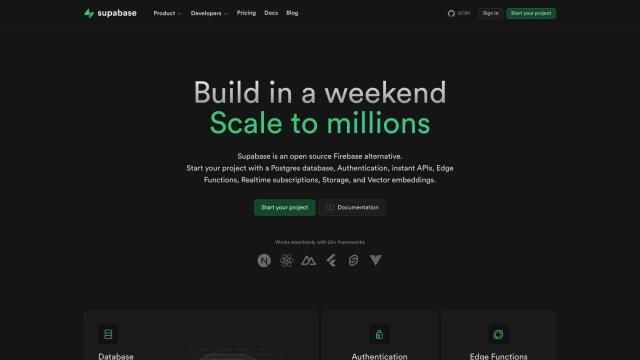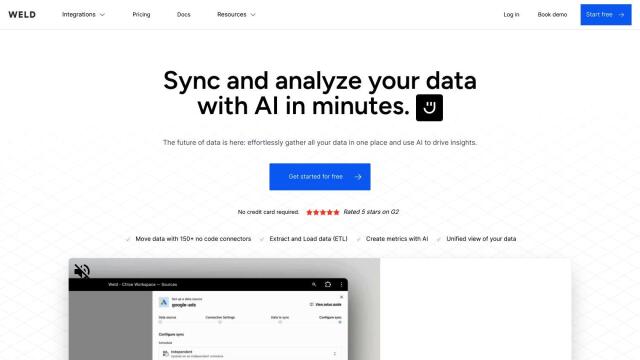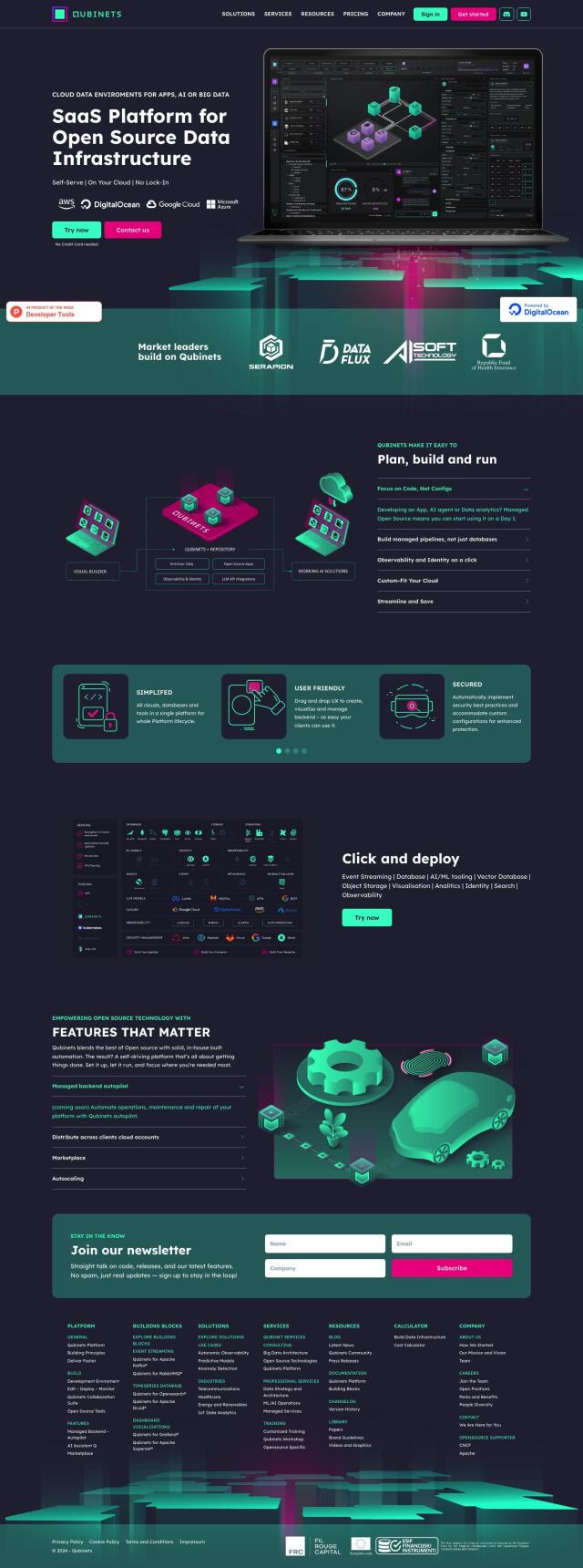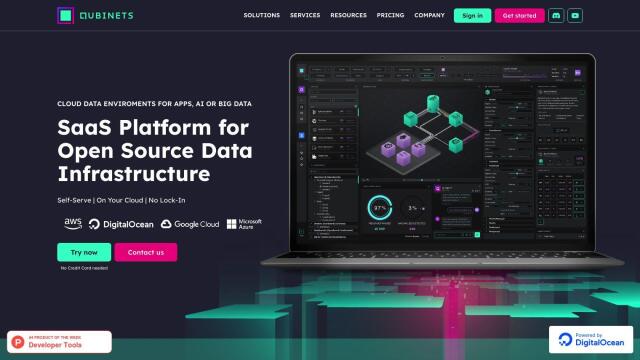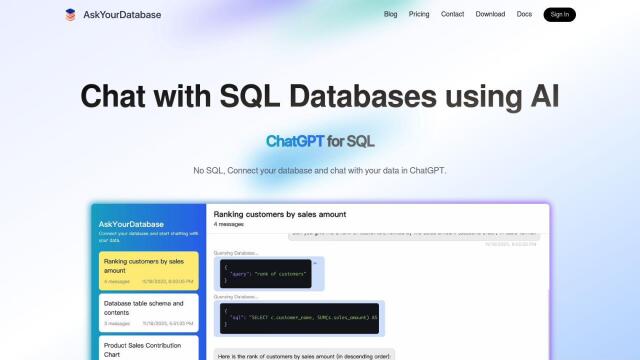Question: I'm looking for a solution that allows me to unify multiple data sources into a single graph for easier management and querying.

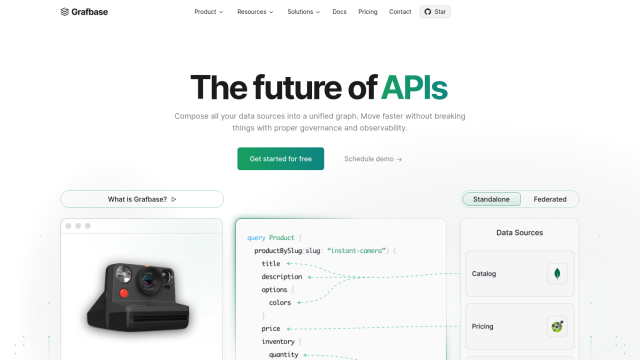
Grafbase
If you're trying to merge multiple data sources into a single graph, Grafbase is worth a look. It's a unified graph platform that lets developers assemble multiple data sources into a single graph that can be deployed in the edge or on-premise. Grafbase offers GraphQL APIs, federation, deploy-anywhere flexibility, strong security and a variety of integrations, and it's designed to handle complex data structures. It also supports frameworks like React, Next.js and Vue, and has a usage-based pricing plan with a free tier.

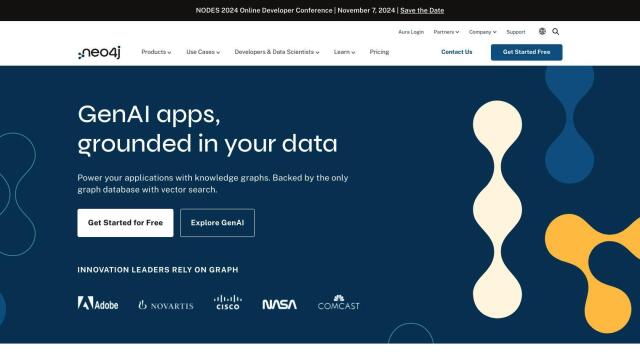
Neo4j
Another contender is Neo4j, a graph data platform for connecting and analyzing complex data. Neo4j supports data science and machine learning and offers features like vector search and analytics. It can scale to massive data sets with enterprise-level security and flexibility to run self-hosted, cloud-managed or fully managed services. That makes Neo4j a good choice for developers and data scientists trying to wring new insights out of complex data structures.

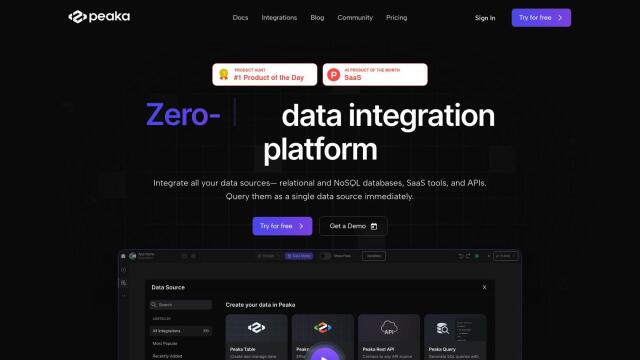
Peaka
If you prefer a data integration platform, Peaka offers a service that connects multiple data sources, including relational and NoSQL databases, SaaS apps and APIs. Peaka does away with ETL processes by letting you query data across multiple sources immediately. It can replicate data immediately with Change Data Capture (CDC) and integrates with services like Stripe, MySQL and Google Sheets. The company promises lower operational costs, data democratization and better decision making.
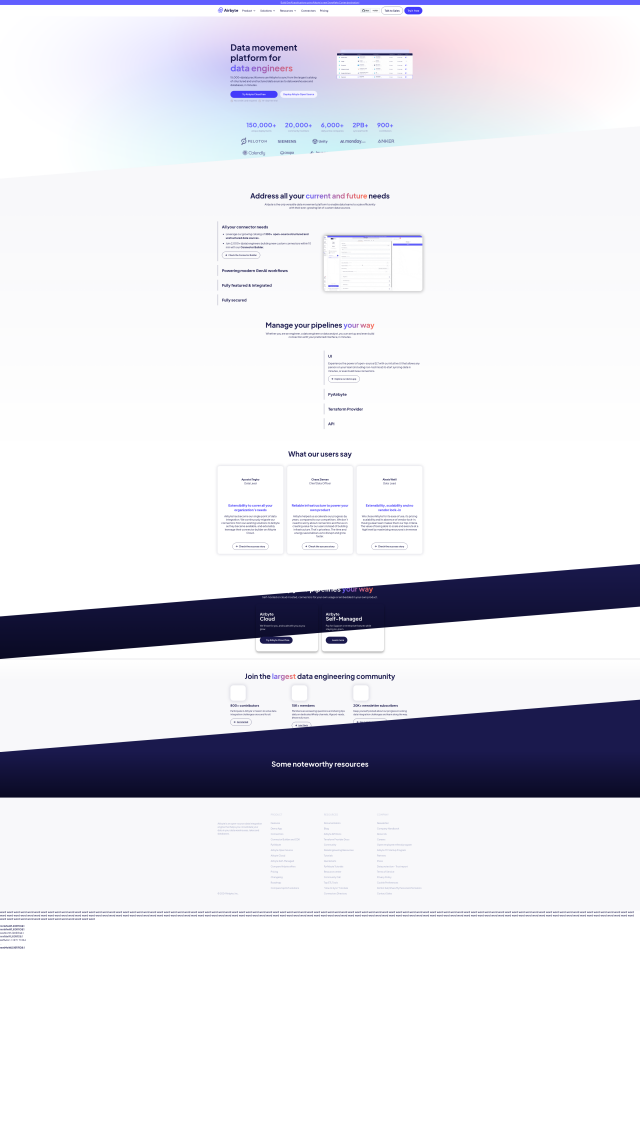
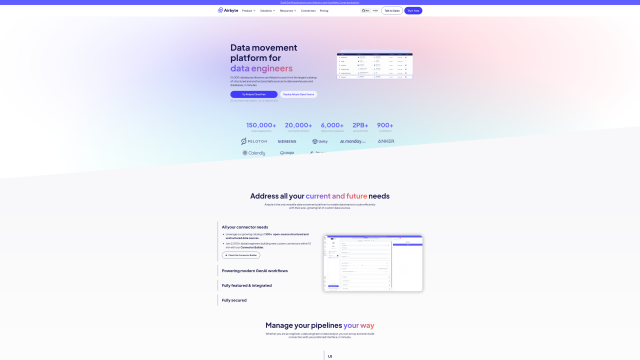
Airbyte
Last, you should also consider Airbyte, an open-source data integration service that can pull data from more than 300 sources and send it to many destinations. It offers features like a Connector Builder for custom connectors, automated schema evolution and support for major data privacy regulations. It can be deployed in a variety of ways and has an easy-to-use interface, making it good for both large-scale and small-scale data integration projects.

